The POCO Pad is a rebadged Redmi Pad Pro with a key difference
POCO makes requisite changes to Xiaomi's best budget tablet.
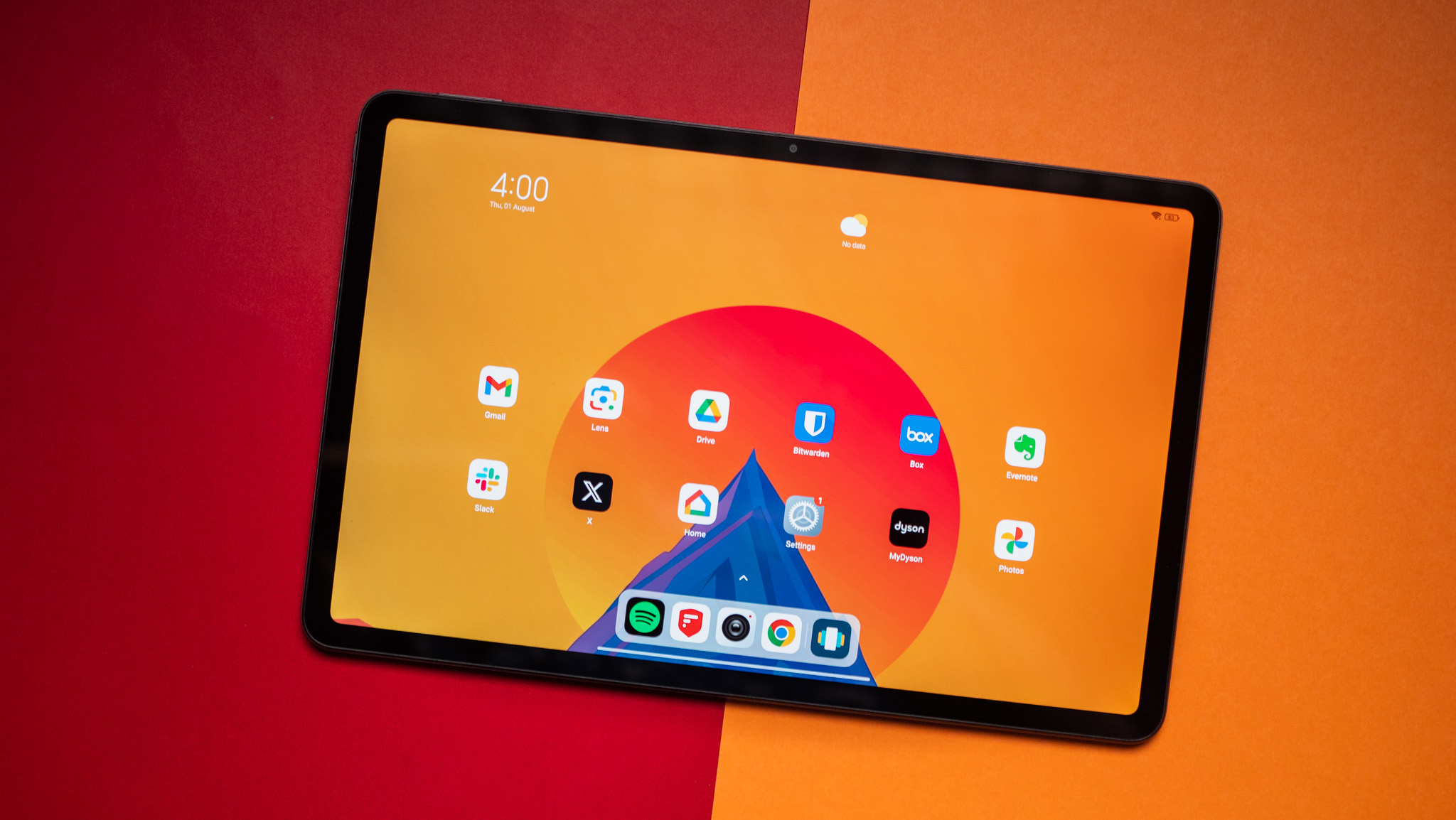
When I reviewed the Redmi Pad Pro, I called it Xiaomi's best budget tablet to date. The combination of decent hardware, 12.1-inch LCD panel, and 10000mAh battery make it a great choice if you just need a reliable option to stream multimedia or read on the go.

In Hardwired, AC Senior Editor Harish Jonnalagadda delves into all things hardware, including phones, audio products, storage servers, and routers.
So when POCO announced that it was coming out with a tablet of its own, I was intrigued. Xiaomi's budget-focused brand is doing all the right things in 2024, and the POCO F6 is among the best phones you can get in the sub-$400 segment. Now, POCO is known for reusing existing Xiaomi designs; the strategy makes sense as it tends to rebadge Redmi products usually exclusive to China.
This time though, it did that with Xiaomi's latest tablet. The POCO Pad is based on the Redmi Pad Pro, and barring the logo at the back, there is virtually no difference. This isn't a bad thing necessarily as the POCO Pad is debuting in countries where Xiaomi doesn't sell the Redmi Pad Pro, so there isn't much in the way of overlap.
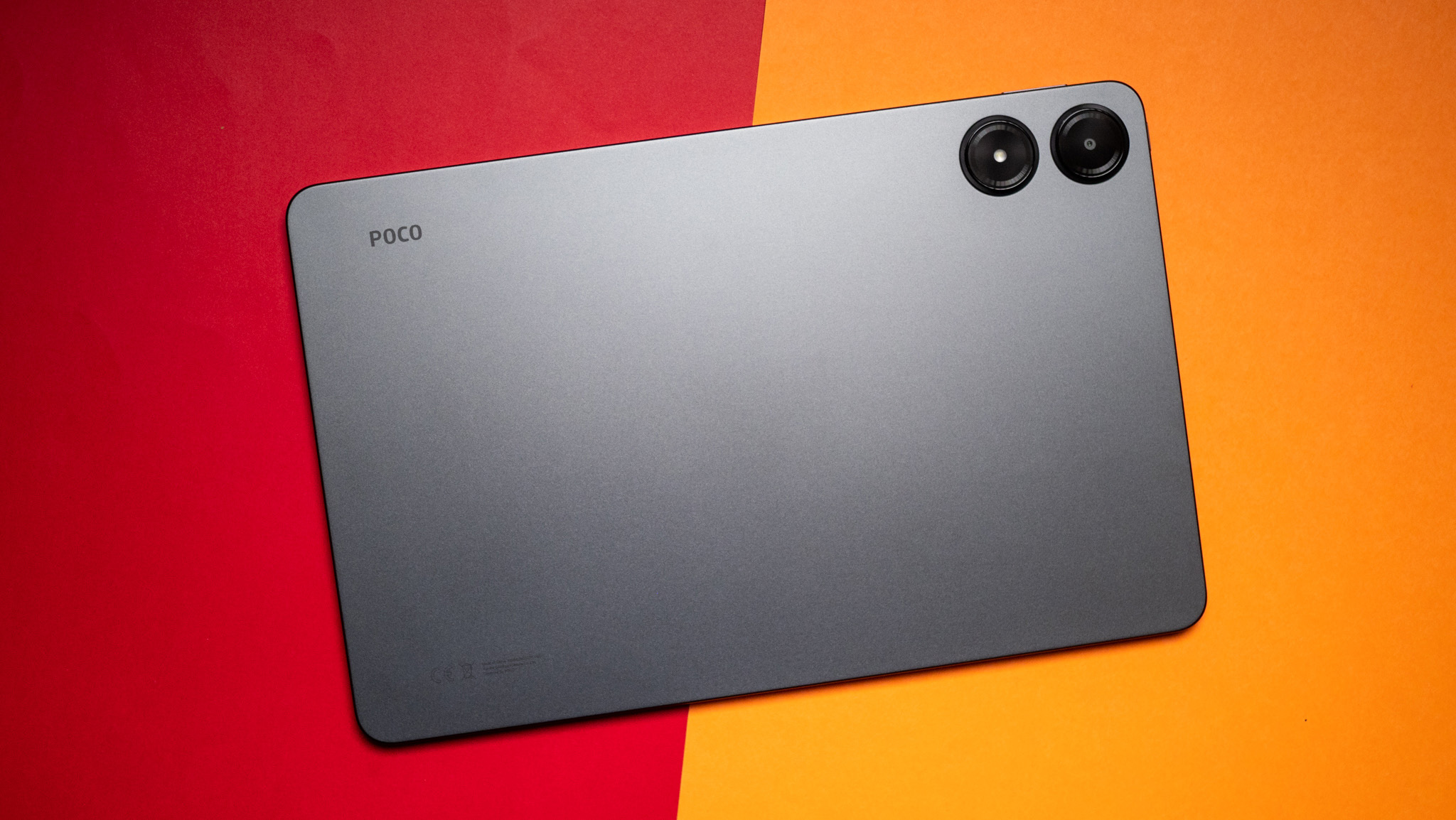
That said, the POCO Pad has two key tweaks that make it a better choice in my book: it comes with 256GB as standard, and you get a 33W charger in the box. Xiaomi is usually good when it comes to bundling accessories, but it omitted the charger on the Redmi Pad Pro, but the POCO Pad addresses the issue.

And with 256GB of UFS 2.2 storage out of the box, you get double the amount of base storage as the Redmi Pad Pro — at the same cost. While the hardware changes are welcome, POCO doesn't sell a cellular model of the Pad; you'll need to get the Redmi Pad Pro if you want to slot in a SIM card.
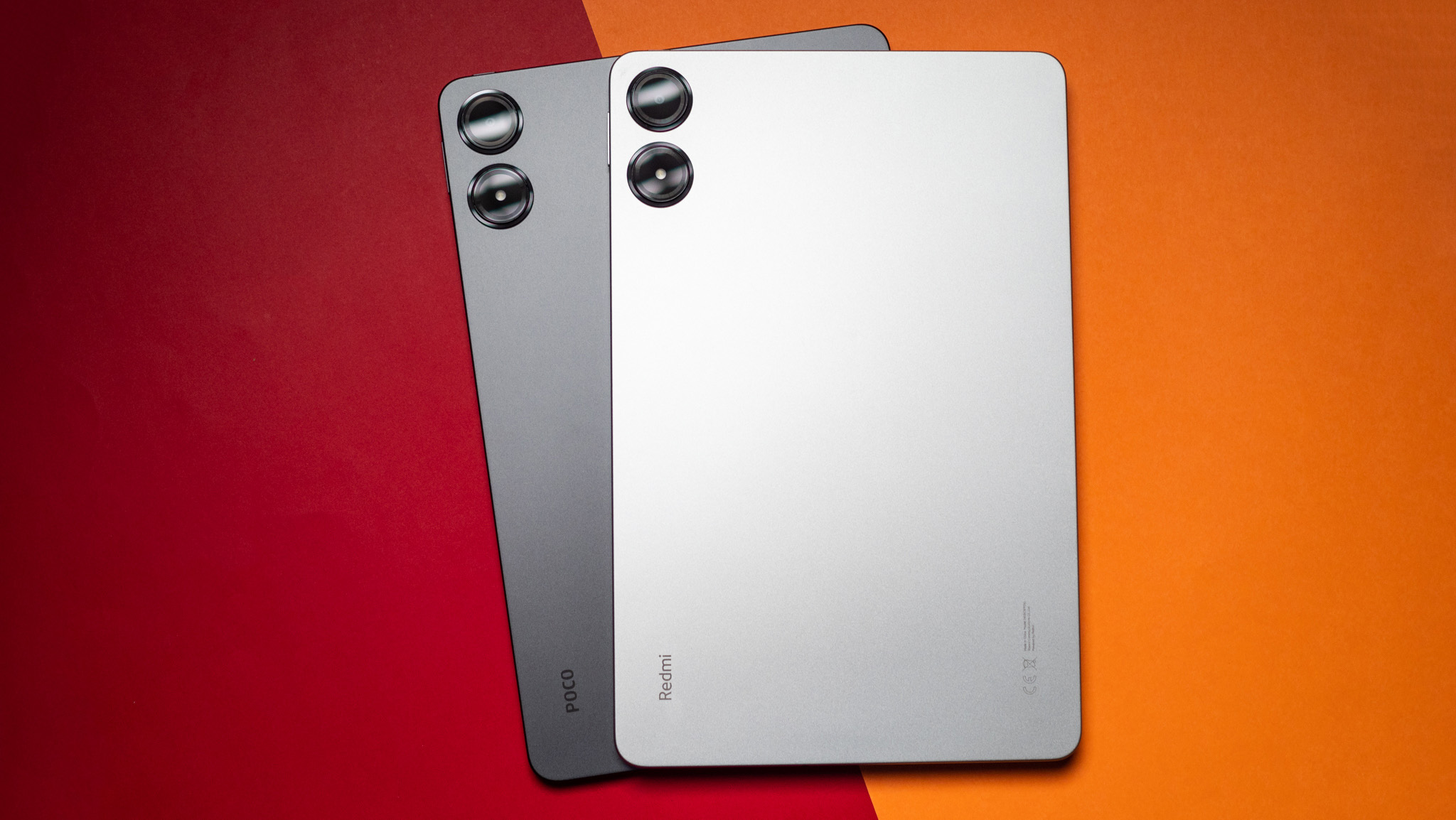
Otherwise, using both tablets is identical. I switched from the Redmi Pad Pro to the POCO Pad, and noticed no difference between the two. That's a given as they share the same hardware, and there isn't anything different on the software side either; the POCO Pad is also based on Android 14.
Just like the Redmi Pad Pro, the POCO Pad is great in daily use; the Snapdragon 7s Gen 2 isn't the most powerful chipset by any measure, but it doesn't lag in mundane tasks like streaming video or browsing. I like that there's a 3.5mm jack, and the MicroSD slot is intact, so you can easily extend storage if that's something you need.
Be an expert in 5 minutes
Get the latest news from Android Central, your trusted companion in the world of Android
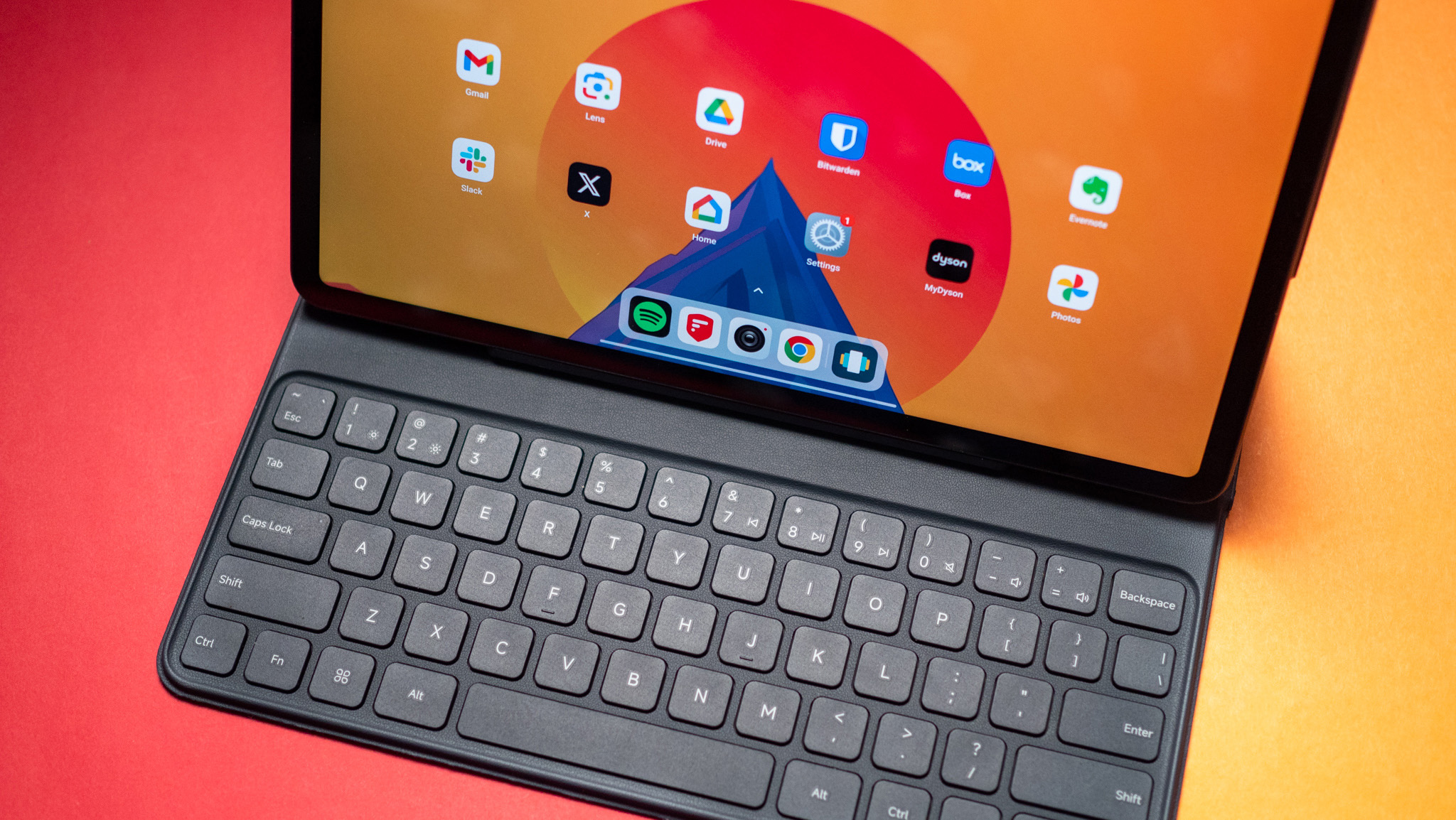
The 12.1-inch LCD panel goes up to 120Hz, and while it isn't anywhere as vibrant as the AMOLED panels Xiaomi uses on its phones, it is serviceable in this context. It has good colors and contrast, and I didn't see any issues using the panel outdoors. On a similar note, the onboard sound is pretty great, and it is more than adequate if you're looking to just stream the occasional video.
Battery life is an area where the POCO Pad has a distinct advantage; it is able to easily outmatch its rivals, and I easily got a screen-on time exceeding nine hours between charges. Even though it has 33W charging, it takes over two hours to charge the 10000mAh battery, but that isn't a big inconvenience.
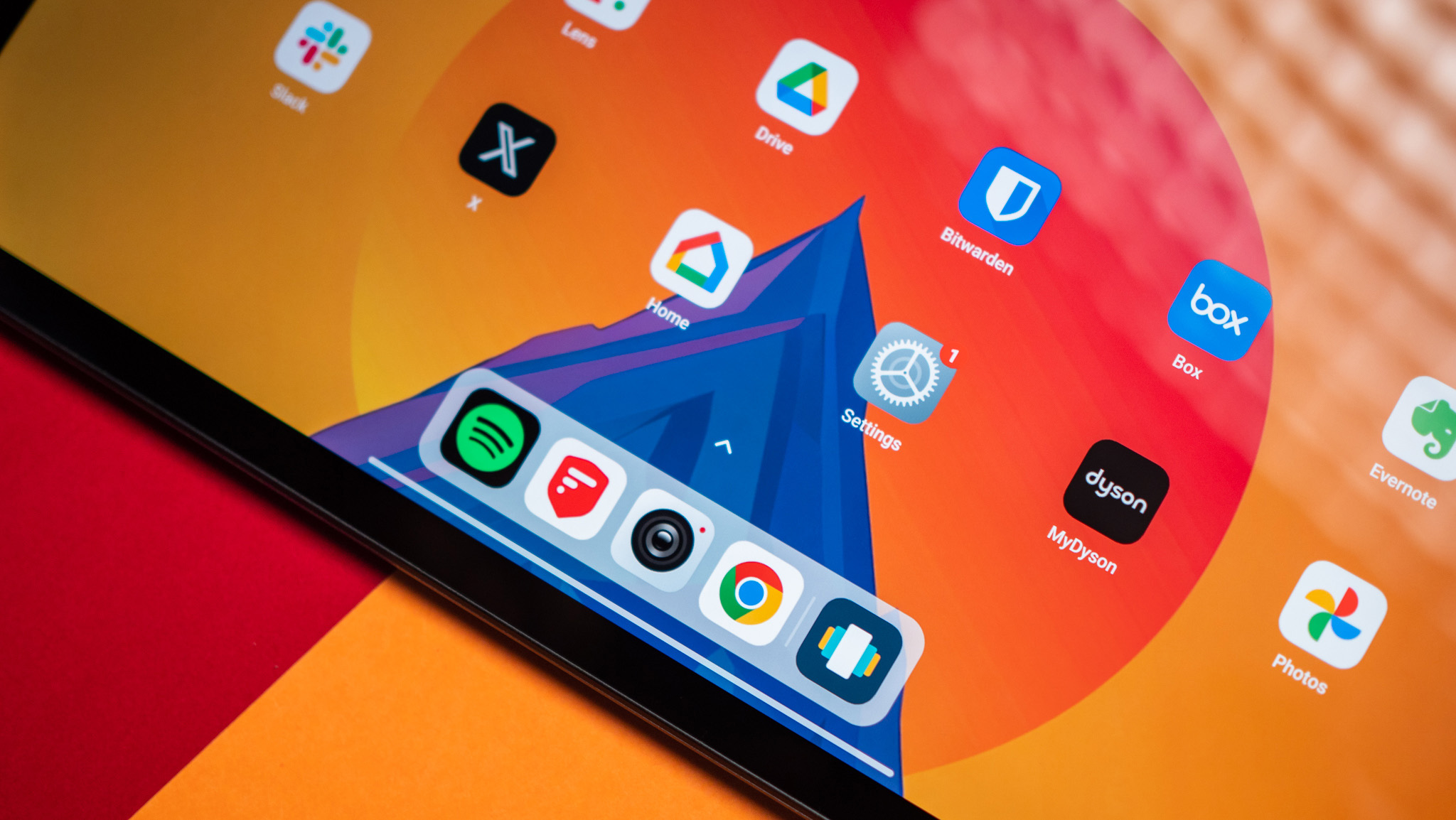
In fact, my main point of contention with the POCO Pad is that it doesn't have a fingerprint sensor; you're limited to a traditional password and face unlock. Other than that, I don't have any issues with the POCO Pad. Rounding out the hardware, POCO is offering the same stylus and keyboard case that's bundled with the Redmi Pad Pro, and that's good to see.
Overall, POCO hasn't changed things too much from the Redmi Pad Pro, but by increasing the storage and bundling all the requisite accessories, it created a budget tablet that's nearly perfect.

Harish Jonnalagadda is Android Central's Senior Editor overseeing mobile coverage. In his current role, he leads the site's coverage of Chinese phone brands, networking products, and AV gear. He has been testing phones for over a decade, and has extensive experience in mobile hardware and the global semiconductor industry. Contact him on Twitter at @chunkynerd.
You must confirm your public display name before commenting
Please logout and then login again, you will then be prompted to enter your display name.
